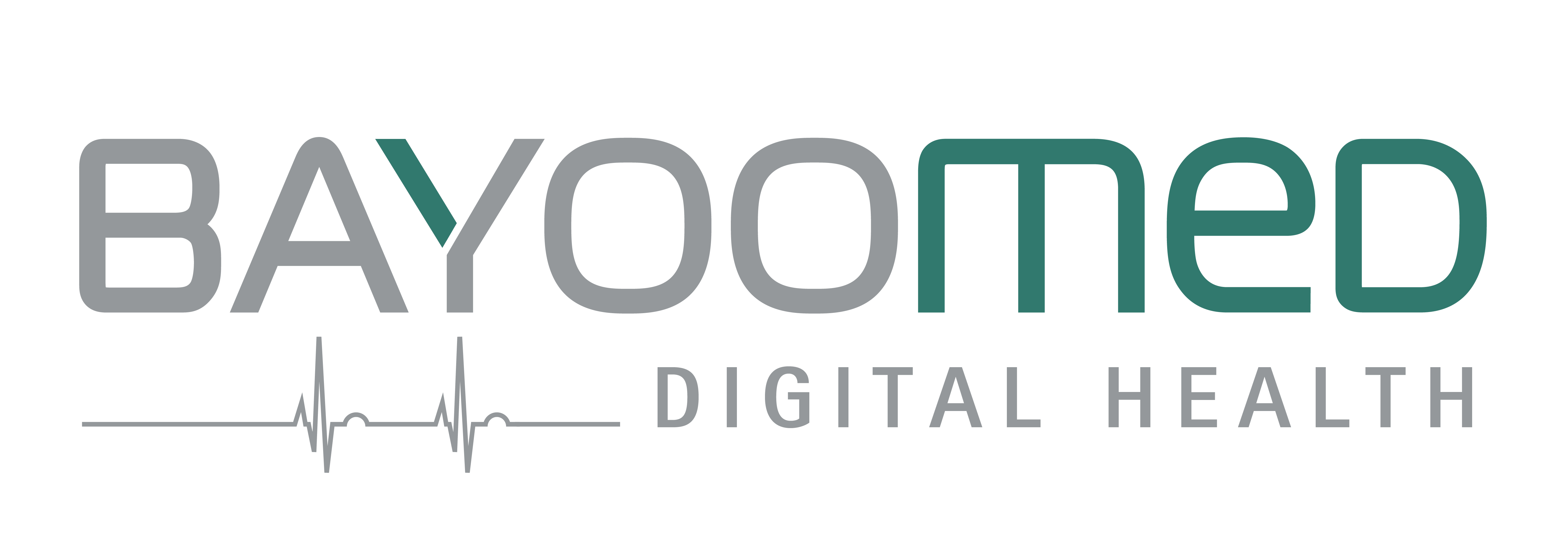The possible application scenarios for artificial intelligence in medical technology seem endless. The use of superintelligences in particular harbors untapped potential, as well as risks.
While a weak AI is understood to be an intelligence that is only superior to humans in very specific areas, a superintelligence – on a par with humans – can learn and make decisions.
But what do manufacturers need to consider when approving AI-based medical software? And how do the regulatory requirements of the European market differ from those in the USA?
What manufacturers need to consider when approving AI-based medical software
In Europe, the requirements of Regulation (EU) 2017/745 for software products apply in particular. From a technical perspective, AI can be seen as a sub-discipline of software. According to Annex I No. 17 of the Regulation, software must be designed to ensure repeatability, reliability and performance in accordance with its intended use.
The FDA, on the other hand, distinguishes between artificial intelligence and software-based medical devices. In addition, only “locked algorithms” that have a completed learning phase are currently permitted in the USA.
While the FDA presented the Total Product Lifecycle (TPLC) concept in 2019, which is intended to enable AI-based medical software to continue learning, the question remains in the EU for the time being: How can artificial intelligence be used effectively and safely?

